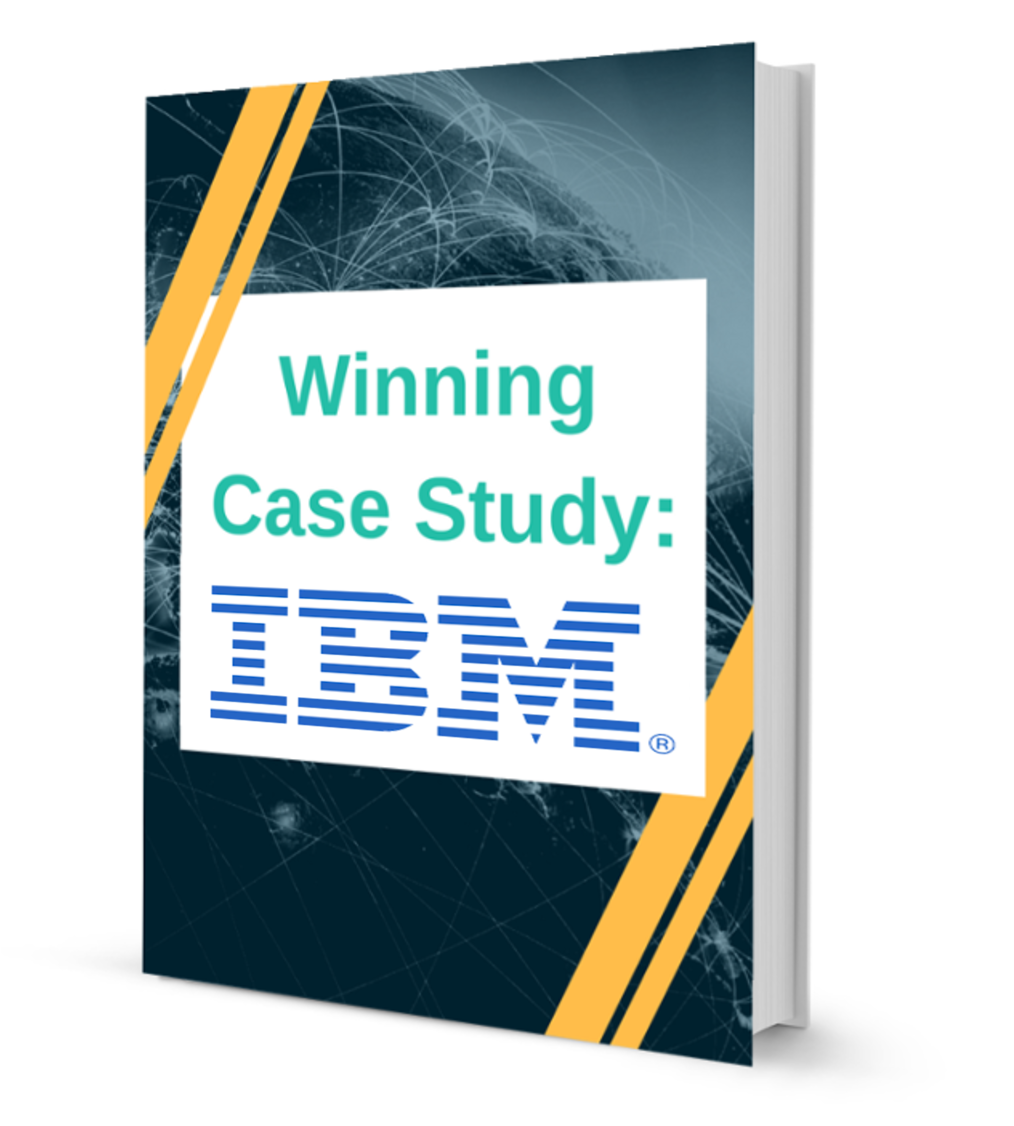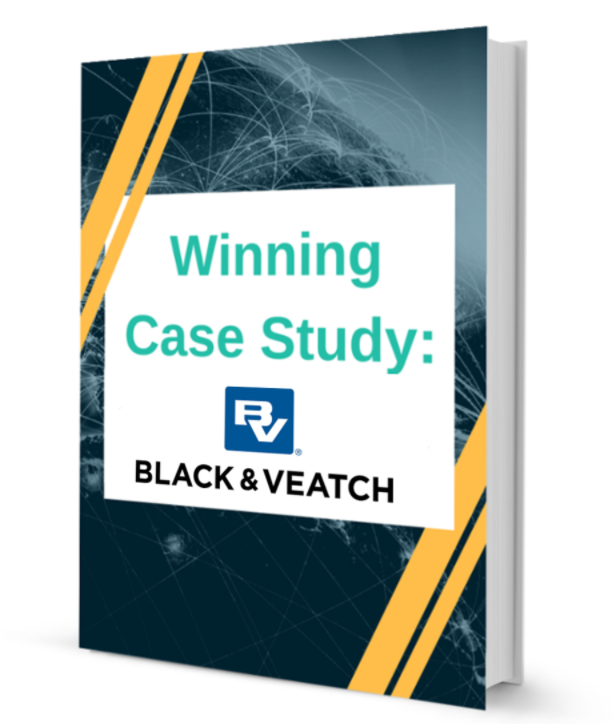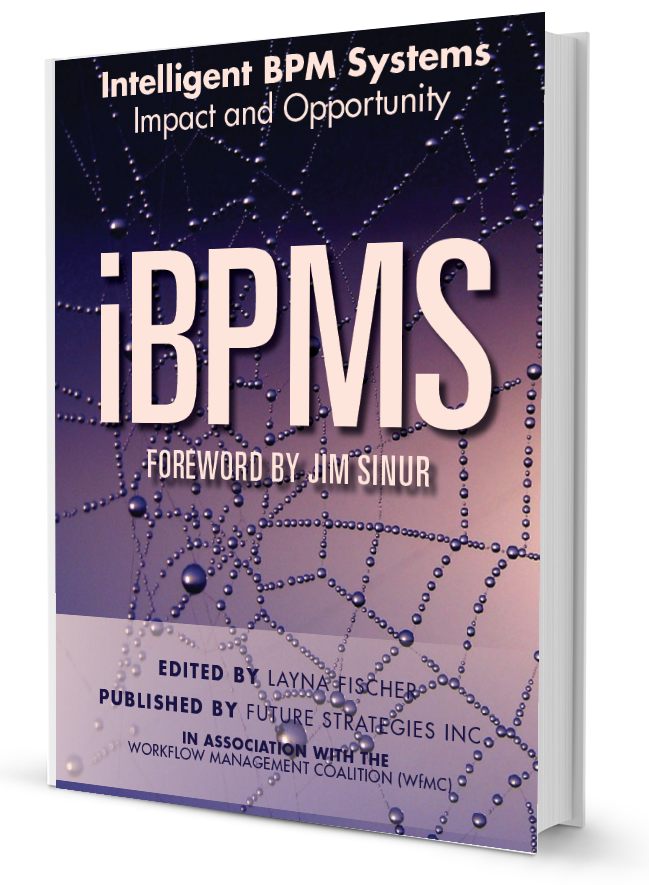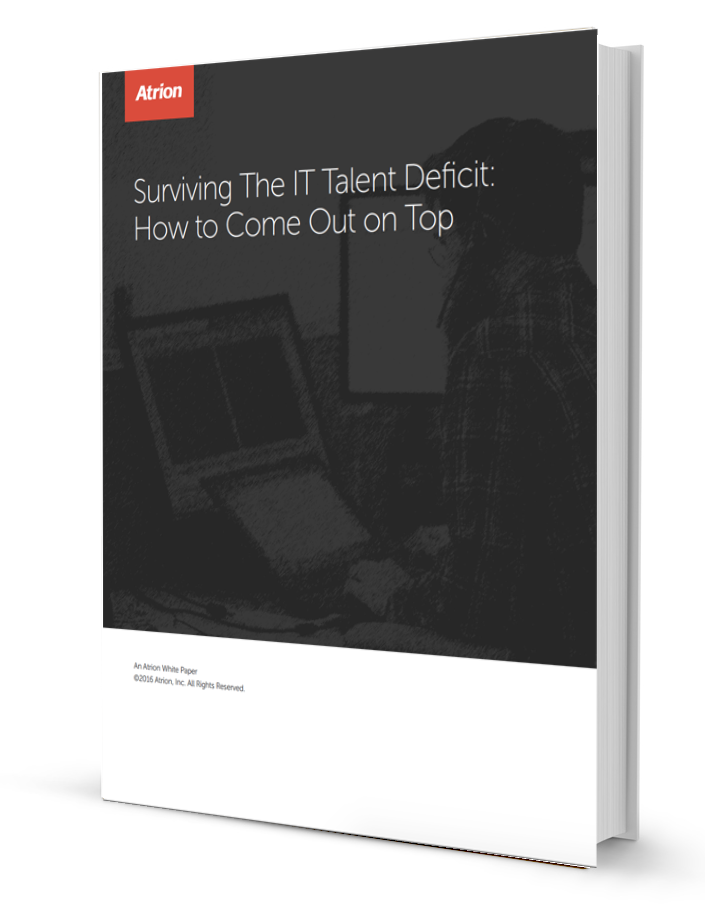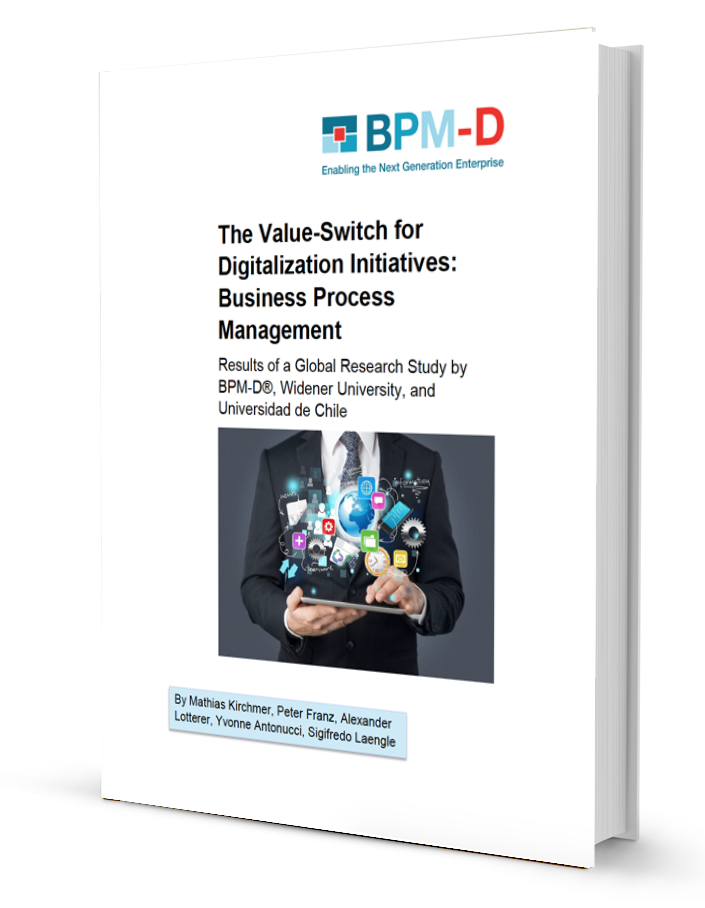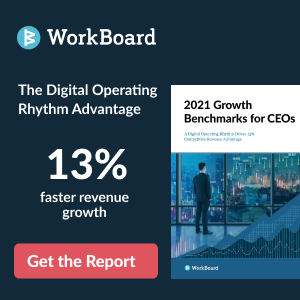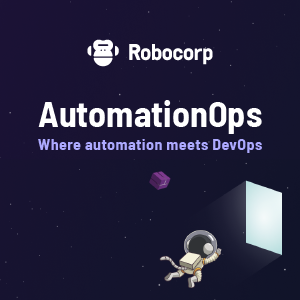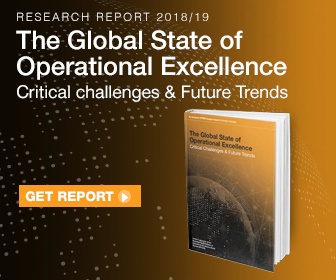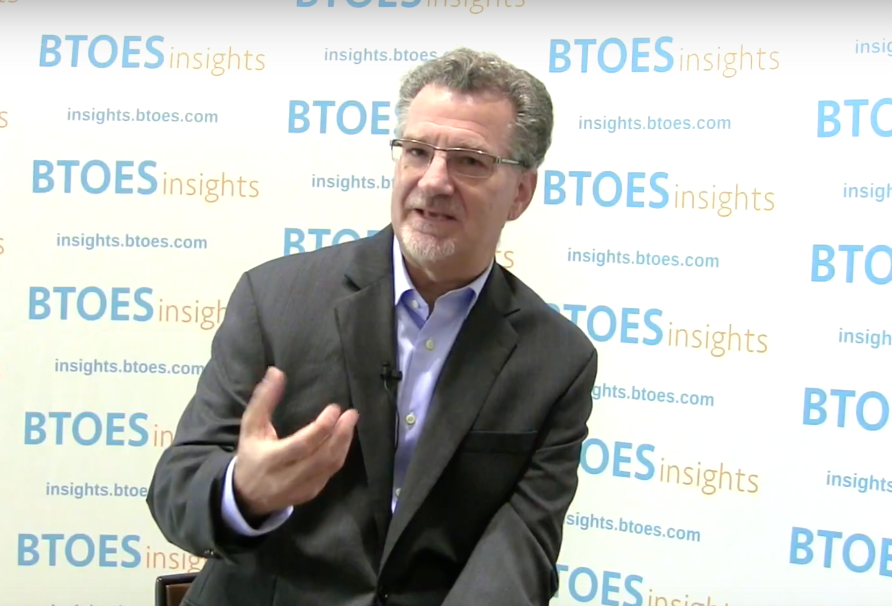Session Transcript:
Who are the leaders for the Enhanced International Group and create a soft respectively? And I'm very excited to have them with us.
Jim developed and refined Digital Workforce Resilient Enterprise ecosystems throughout his career to accelerate innovation, leadership development, strategy, execution, and value creation globally. He has served as a resilient, enterprise executive leader, an advisor for companies from startups to Fortune 50. He oversees the global identification, prioritization, and execution of high value business improvements and innovations for companies, business partners, and customers in multiple markets. He has held operational excellence, sales and supply chain and sales leadership positions in leading global companies in the chemicals industry, with air products and chemicals, NRG, with General Latch, General Electric Energy Security with Tyco ADT, and supply chain with C H Robinson.
He believes that people make the difference, and it is in harnessing people's talents. That company can become resilient.
Joining, Jim, we have Hosni Address, who is the co-founder of Create a Soft and has been involved in process improvement and simulation for the past 30 years.
As the holder of several patents in the fields of Dynamics simulation, Digital Twin technology and tracking Posner has been has been a sought after expert in this fields and has presented multiple papers on process improvement using simulation, digital tween development, and Lean concepts implementation with his dedication to the use of technology to improve efficiency and output. He has position create a soft as a leader in the data driven digital twin and process improvement industry.
Ladies and gentlemen, it's a true honor to introduce this true great leaders of digital transformation, Pozniak, Jim, Thank you for taking the time to sharing your expertise with our global audience today.
You show them, hey, it's an honor to be here on this incredible, interesting conference.
Good afternoon, good morning, and good evening, wherever you are around the world.
Hodgen, you and I are very excited to share with you unleashing the Digital Twin to accelerate Industry four point out.
Implementing a digital transformation in a streamlined manner is one of the greatest challenges that we have out there today, and with companies limited resources, speed to implementation, while not negatively affecting the current workflow processes has always been a challenge for manufacturing, operations, logistics, and supply chain.
With the advent of the Digital Twin, Internet of Things and cloud based solutions tracking, everything from tooling consumables to the job itself. As it winds through the factory, has always been a challenge.
Again, my name is Jim de Vries, founder of Enhanced International Group, representing ... today.
The digital solution to provide you the visibility of consumables, jobs, and tooling, with demonstrated return on investment a well in the 6 to 12 month range.
Enhanced International is a platform of over 50 consultants, consulting companies, and SaaS providers, dedicated to empowering your organization's workforce by leveraging EIG tenured expertise.
Our goal is to provide collective collaborative experience, thought leadership, to enable organizations to deliver self-sustaining, positive margin growth, the competitive advantage of focusing on 90 day action plans.
We thrive on delivering 1 plus 1 plus one equals infinity.
EIG is honored to bring together two of our synergistic partners, created us often ..., who are collaborating together on projects to provide customer value.
Cause me, a few words.
Good morning everyone, good afternoon, good evening from the greatest city, Chicago, Illinois, thank you all for attending. I'm ...
with Create a Soft, started out 30 years ago, building a platform to develop Digital Twin technologies that evolves through industry standards.
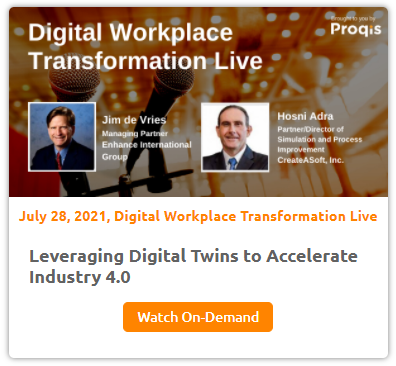 We have implemented a Digital Twin that takes you all the way from the visualization aspect, all the way to the learning Digital Twin that we're going to talk about today.
We have implemented a Digital Twin that takes you all the way from the visualization aspect, all the way to the learning Digital Twin that we're going to talk about today.
All the way from connectivity to current data systems, our TLS and more. I'm looking forward to a great presentation, and showing you how that digital twin transformation will accelerate your, your, your workplace, and improve the efficiency of the operation. Jim?
Great, cause me. So let's get started.
First, we'll introduce you to the roadmap, to the industry for smart manufacturing, for environment, from your shop floor, to the hospital, emergency room, to the remote call center, Then we will talk about the digital twin overview, and hashmi will give you the evolution of the digital twin.
Then third, asked me will show the power of Korean assad's platform and how quickly it achieves competency.
And in the digital twin, so you can get up and running very quick.
And we'll do that through our 30 day plan, 60 day for predictive decision making.
And 90 days to real time prescriptive. And some times people like to say, learning system, process control?
So believe it or not, you can do that within 90 days. Very exciting, and we are very interested to hear your feedback. So please, as Josie said earlier, fill up that Q and A chat box and with lots and lots of questions. We look forward to it.
So getting started, the following is the five steps to improve your business, so that you can realize the Industry four Challenge of digital transformation.
We will be referring to this Roadmap throughout today.
First, we have organize, getting our house in order, short, and organize the workplace.
Secondly, we have standardized, and we're going to emphasize going through the five answers, at least, to the standardized level. So we'll show you how to accelerate this process by digitizing it.
Thirdly, we get into Oregon, and in the organized, we're pulling out everything.
We have every item and sorting them into three categories: valuable, Repurposed and junk, your non value added, then standardize, we will look at, uh, we'll look at the, standardized, some visualize visualize for that digital transformation.
Then, the visualize stage here, we're going to look about value stream Maps, all of ..., when he's on board. And what ...
does is provide you that value stream map of the data collection and of your work processes. Then we get into the Stabilize step, where we operation, operationalized stable operations.
This is one of the most challenging steps to achieve and sustain.
We believe data to make timely informed decisions, is impossible to maintain without a stabilized step.
So this is one of the most active feedback loops that caused me we'll cover in a few minutes.
And then finally, we get to optimize. So we always talk about Stabilized before Optimize. If you try to optimize an unstable process, you're going to have some challenges ahead.
So next, let us review the five busses that everybody is probably pretty familiar with. And again, we're digitizing this symbol sorted out. Take the inventory. Eliminate unnecessary items set in order of Step two.
Step three is Schein Take Total Inventory.
And this is where we'll leverage spin ...
smaller items, but there are high value items with significant costs just being cost savings and enhanced tracking.
Then in step four, we get to standardize establishing inventory needs for the shop, adjust as needed, and enhance capability and tracking.
 Then our final step of sustaining is leveraging the data from the system to control our process so we can be proactive as opposed to reactive.
Then our final step of sustaining is leveraging the data from the system to control our process so we can be proactive as opposed to reactive.
So let's get down to the gamma, not swap the process.
So in the workplace, how does it look?
Well, this visualizer is system is on the shop floor.
There's totems by the tool crib or in the tool crib.
Then that system turns all this data of the ingress and egress of the data of your parts, your consumables, in and out, it tracks them in real time.
Then, of course, our benefits from this are that data is generated as a tool on the tool withdraws.
The reports on usage and trend data, You have minute by minute inventory level adjustments And auto re-ordering is based on those safety stock ladder levels.
So, how does this fit together? from a system perspective, it's pretty cool, because you can have a tablet assigned to the floor, or you can have it programmed within a cell phone.
And then we start off on the right there with smart Locks.
So, smart locks are used for tooling and consumables that can't be stored on shelves, such as like band saws and odd items, belts, cables. All those items are stored there.
Secondly, Smart Lockers can be either created for you, or we can take existing larkin's lockers and modify them with locks to track the ingress and egress of all the different parts.
Then thirdly, you see the ... which is a carousel there that has 5 door 75 compartments on this carousel.
This is set out on the shop floor on this besides your CNC machines, tracking total usage.
So, again, the whole, one of the biggest goals here is when it's a tool need or insert need to be replaced.
But we're tracking that together with the in and out of, of the tool, in the ... and the operation of that tool or insert on the actual CNC machine. So we're doing life analysis with that.
All that data will be fed into the real-time reporting that ...
has and it's been wiser together to optimize the tool life of the tooling and of your consumables so that re-ordering are taking place at the right time and you're actually performing.
Then, you don't have degradation and the creation of your, your products.
So, that summarizes for, for you what the wiser system is. Very inexpensive system, very quick to implement.
Everything can be done remotely. We send you the different components. We train you online.
And we can have you up and running within a week.
With that.
We'll go to the next section.
Causey.
Alright, hello again everyone, so what I'm going to do is cover that Digital Twin transformation. What's the meaning of a Digital Twin? What is the transformation? How do you go from the basic Digital Twin implementation, all the way to the full learning, integrated Digital Twin that we all want to have?
So with that, I'm going to go through the four digital twin technologies that are available in the market today. Initially, you're going to start with what we call the visual. When the visual twin is really what it means, it's a very visual, it, it's going to show a lot of detail on how cool the operation is. It's got a huge factor of implementing and showing what the operation is going to look like.
So it is really, it's, it's got a great wow factor. It's, it's got the proper implementation of how things will flow through. But it's only visual and again, I will touch on that here in a second.
From there, we go to randomize twin.
So when you take that visual twin and you add to a data. And that data is totally randomized data based on the implementation itself. You're going to end up with what we call the randomized twin.
It is a good starting implementation to to your Digital Twin technology or digital twin transformation.
And it's one way to get to the full Learning Twin as you go forward.
The improvement on that is really to tie in that Digital Twin that you made, that visual Twin that was purely visual and tie it into actual data. What is happening on the factory floor? What's happening in the hospital? What's happening in a warehouse? So this rant, this Digital Twin, that Data Driven Twin is gonna allow you to actually see more detail on the operation. To be able to actually identify all the constraints that are tying in your efficiency, and not allowing you to perform at a much higher efficiency ratio. And then once you get all these things together, that's when you get into the learning to the Learning Data Driven. Digital Twin is gonna allow you to achieve what we all want, is a digital twin that reacts and acts based on actual data.
That's driven by the floor, by whatever events happen on, on the environment and allows me to optimize, basically on the fly, and be able to feed data back into the other systems that are attached to the Digital Twin technology.
So that's really what we want to get to at the end of the presentation, and how to achieve that learning data driven twin from an implementation point of view, So really the path to get to the data, to that, to the Digital Twin, to the Learning Twin, is, one.
You have to identify what your goal is before you do anything, just like with any other implementation.
If you don't have a goal in mind, and you know, where do you want to end up, You will basically not complete the project.
And it will just be cool, modeling experience that really gets you nowhere. So, that's very, very important from an implementation point of view, And then what you want to do is identify your target. What do you, really which, when are you really after? You want to get the learning that Digital twin, or you're only looking at the visuals? So, from there, if you're only looking at the visuals, you basically start implementing the visual twin. And that's really the easiest one to implement, because it is just purely visual. You can pick up any animation tool that actually will do that, and it helps you achieve that. Now, a randomized when has a bit more data into it. It's got time studies into it. It's got some data distributions that are feeding it.
So, it has a bit more control over what actually goes on, And then from that point, if you want to get to the data driven when or the learning, when you really have to start implementing a different type of data connection, and data travel, that, you're going to have from the operation itself. So, there are different phases there on how you achieve them. All the way from the starting all the way to achieving the full implementation of the twin. All the way from segmenting the operation, starting with the section that has the most ROI, or, that is, the most constraining factor and, and, and expanding from that point forward.
And then, as a phase two, it's really tying it in into that data systems that you have, whether that is an ERP system, an EMR system, a WMS A, you know, even, or TLS or GPS tracking.
Set of systems.
So from there, you really get into the benefits. So let's just talk about what you get from each one. A visual twin. As I said, it's purely visual, it has zero analytical power to it. But it's a great way to show people what the operation is going to look like.
-1.png?width=600&name=Event%20Email%20Graphic%20Virtual%20Conferences%20(17)-1.png) So, if I establish a visual twin, I can basically show people how they walk through the building, where the machines are going to be.
So, if I establish a visual twin, I can basically show people how they walk through the building, where the machines are going to be.
I can maybe show the machines operating, but that's all they do. It's just a visual representation of what it is. Now, the randomized when goes a bit further by applying distributions into the operations. So, now, those machines, those equipments that I have, Those have some cycle times, they might have some downtime associated with them. If I'm using a Ford Trucks in a warehouse, for example, those four trucks have some efficiency factor associated with them, speed, and so on. But they're all based on a distribution, OK. It's, it just takes. And, you know, whatever distribution you end up using as the driver for that. So you really get a good enough representation of it.
But you really cannot optimize randomized data.
You're gonna get optimized randomized results, so you have to be very careful With that. When you get to the data driven twin, now you're actually consuming data that the plant or the warehouse, or the hospital, or the clinic is actually using.
So this is, whether it's Dotes arriving, trucks arriving, machines operating. This is the data that's coming in into the twin, and and we'll expand on that quite a bit. Here. A few seconds.
But this is really what you need to do to actually do full analysis of what's happening and within the operation itself. That's really the guts of the learning twin.
So without having that data driven twin, you really cannot have a learning Digital Twin, because the learning twin is going to actually use those events that are built-in within the operation. And then at the same time, it's going to take other external events that will, that will feed in.
And those are going to be the reactions that will happen within the workplace and how the environment itself is going to be modified. So I'm gonna touch on that. And mainly the last two options the most as we go through this presentation.
Now, keep in mind, this is not industry specific, so you can apply this same concepts to any industry whether it is a service, whether it's a call center, a bank, a warehouse, a supply chain, a you know, and manufacturing place, high mixed flow mix.
Any type of operation is going to fit those criterias so, so let's make it real. Let's just go through and actually define all these components and and how that how to implement them.
So, so from there, if you look at the visual twin, I'm just gonna go through this very quickly. It's, it's really, it's, it's representing a flow. If you can look at this thing in, in virtual reality mode, you can, you can look at it on a three-d. full three-d. perspective, you, pretty much anything that you want there, from a representation point of view.
So, this is a purely visual representation of the operation.
Think about it as an architectural drawing or, you know, three-dimensional, architectural drawing that allows you to do walk throughs into the building, or a virtual tour, if you're, you know, buying a house and you're remote, and you want to see what actually happens there. So again, it's gotta look cool, because that's what it provides, but you cannot get any actions out of it. It's just a visual of the representation itself.
That takes us to a randomized twin, and the randomized, when it has been very widely used in the industry and all the way up to maybe 5, 6 years ago, that the randomized when is going to consume data that is randomized from the operation itself.
And this is, you know, whatever you have, got, you know, 5% rework ratio out of an operation.
You know, If you look at it in ED, for example, an emergency department, you've got some arrival rate that you put in based on some distribution that somebody figured, it's the way patients arrive to my ED.
Trucks arrival at a warehouse.
All these are going to be based on a distribution, that, through time, some, we decided that that's how often these trucks arrive at my warehouse and I'm going to build my warehouse based on that distribution itself.
So really to get any results out of it, you have to put in some Monte Carlo simulations there to be able to eliminate that randomness.
So every time you do an optimization on that win, you're really going into the representation of what actually goes on and repeat that process many, many times in order to see if that solution is going to work across all of the different representation of the, of the Digital Twin and of the solution you are trying to provide.
So take it as an example. If you take, you know, everybody will say all my data distribution fits a specific normal distribution with a mean and standard deviation and all that.
And they try to fit the data two unknown distribution.
Your data is exactly what it is. It's it's it's got its own distribution. Your factory floor works in its own way. It may not fit a Gaussian distribution. It may not fit in normal distribution. It might be an nth degree polynomial that fits your distribution.
So we cannot just take that data and force it into a non distribution in order to have a digital twin representation that's going to give us errors and wrong results at the end. So, this is really the downside of the randomized, when it does have the visuals. It does allow us to do some kind of analysis and representation of what actually is going to happen forward.
But it's not enough to drive the total Digital Twin transformation that we're all after.
So, from there, we go into the data driven threat.
The Data Driven Twin is going to connect to your ERP system, It's going to consume data from the ERP from ... from the PLCs from your WMS.
It's really going to get data that's relevant to your floor, To your workspace, and it's going to use that to drive that.
That, the actual representation of the Virtual Workspace, that you develop.
So, it also need to know, what is happening today at the plant or at the, at the White house. So, it does retrieve the current state, now that current state could be a state that is two months old, and you're gonna load data that's two months old. That's fine.
You can do analysis on seasonality based on loading that different datasets, but now you're actually comparing what happens with that exact same data if I did say things differently, and I are comparing apples to apples, not apples to oranges or apples to grapes.
So that says really the advantage of having that the data driven digital twin from a representation point of view.
So with that, what we would do is we would actually have the connectivity going in.
Each one of these clouds really represent the data stream, and data could flow in and out of that Digital Twin representation.
.png?width=742&name=Screenshot%20(4).png) Everybody assumes that a data driven Digital Twin is only consuming data, but in reality a data driven twin could actually generate data out and it can transition itself to a learning twin from that point forward, so with that, you can tie in all the consumables into the data driven twin.
Everybody assumes that a data driven Digital Twin is only consuming data, but in reality a data driven twin could actually generate data out and it can transition itself to a learning twin from that point forward, so with that, you can tie in all the consumables into the data driven twin.
How are the consumables affecting my flow? How are how often do I change the solid? What kind of materials affect more? the representation of the flow itself?
And then from that point you can add ergonomics into it. You can see how the movement actually affect your efficiency. If you repeat the move in 50 times in a row, you're not going to be as efficient the first time as you are the last time. So these are all factors that could play in into the data driven to it.
So with the representation, if you look at the, the representation of that, our data driven twin, is we actually take initially your system constraints, so that's actually what drives the operation itself.
This is, you know, whether it's space, constraints, or other constraints that you have within the operation, then you're gonna get your current state. This is basically loading that Digital Twin with actual events, that are that represents a true state within the operation itself.
You're going to put in all your scheduled maintenance. These are the things that, you know, these are the things that I know that this machine is going to go down on. I know that for truck is going to have a battery charge requirement, or that HIV is going to have some kind of a downtime along the way.
The other thing is, historical data historical data is going to help that Digital Twin to actually gives you, give you that actionable results that you need.
And then, most important is, what's your schedule? What are you trying to produce?
So, all that is going to feed, then, basically to generate that insight into the operation. So you can make decisions on whether or how to improve.
Or how to modify, in order, to be more successful, in improving the overall efficiency in any work workplace.
So from there, we basically tie all these things together, and you basically get the representation of a Digital Twin, that's actually generating data that's related to your operation, it's not random data, it's actual data, that is a good representation of your flow. So in this environment, you actually get a pretty high accuracy rate from your Digital Twin representation.
You're gonna get any upwards of 9999.5% accuracy on how well that Digital Twin actually is performing, but it is not a learning system.
What it is, is a representation of, of the current state.
It's representation of your plant, it's a representation of the current workspace, but it's not going to learn yet, and identify what will happen going forward, once you make that transition.
So we go into the real-time learning twin, and the real-time learning twin actually gets all of the inputs that we have from the data driven to it. Now, keep in mind, this is not a in an offline environment that's running. If you want to have a learning, digital Twin, it has to be a real-time implementation, has to have to consume events that are actually happening off the floor. So you can, you can have that digital twin learn and provide your feedback on how to improve.
So, from there, we include what we call the unexpected event, My machine went down.
Half of my workforce didn't show up today, you know, the fleet.
The, my three HGVs decided not to operate. What do I do? How do I operate the operation? So, this is where the digital learning Twin will come in, it will learn from that environment that you give it that historical representation of how your operation behaves. It has this optimization and built into it to actually takes, don't take those unexpected events, vitamin and come up with solution that'll help you move forward. And then from that point, it's going to help you be proactive in the way you operate. Your not just waiting for the problem to happen, in order to react to it.
Now, you know, two hours from now, there's going to be this event that's going, that's going to delay my operation or based on what's happening now, my orders are going to be three hours late. I'm gonna miss a truck shipment, So the, the, the learning digital twin with its own optimization can now tell you how you can get back on track. And it's all real time, and it's all giving you that feedback within the operation itself. So this is really the advantage when you talk about learning twins.
It's not just a visual off the operation of a random or a randomized system.
It's a true representation of what actually is happening within the operation itself. So it's going to take all of these constraints, and it's going to play in an optimized environment. Whether that's going to provide you work instructions to the floor, whether that's going to give you an optimized schedule of work that will be modified.
Know that the, the actual sequence of, of, of releases into the shop could vary the actual releases into the your your pick environment could vary, so all these will actually be updated dynamically from the the from the learning digital twin, and then from that point, you can actually take that and drive it back into your existing systems.
 So from there, you basically get into this really cool slide that really takes the demand driven and tie it in together with the NLP and the demand driven off the operation and take it all the way from the consumer, to, to, the, to the, to the manufacturing implementation or to the actual operation itself. So, it's all driven by market demand. On one side, you have your, your your scheduled implementation that's are actually being implemented and that Digital twin is help you is helping you achieve the demand that's required without having too much inefficiencies within the operation. You don't want to just over exceed your demand and increase your WIP along the way.
So from there, you basically get into this really cool slide that really takes the demand driven and tie it in together with the NLP and the demand driven off the operation and take it all the way from the consumer, to, to, the, to the, to the manufacturing implementation or to the actual operation itself. So, it's all driven by market demand. On one side, you have your, your your scheduled implementation that's are actually being implemented and that Digital twin is help you is helping you achieve the demand that's required without having too much inefficiencies within the operation. You don't want to just over exceed your demand and increase your WIP along the way.
You don't want to spend too much money achieving the operation itself, and that's really where the Digital Twin, the Learning Digital Twin, I should say, is going to help a lot from a digital transformation page.
And now, And we want to thank the demand driven institute for that slide. Yes, absolutely. Absolutely. Thank you, Jim.
So, from there, just some sample dashboards that actually comes come out from the system. Now, these are all customizable with just pull some, just to give you an idea of what you can have.
one, is looking into the operation and saying, This is what my standards should be And that says, When I am with that specific operation. So, how far am I from the standard?
And would I be close to the standard going forward based on how things are progressing or am I going to be behind?
Another one is pulling data from the PLCs and then it's actually capturing that data and figuring out based on that type of material I'm actually working on.
The saw blade as an example, is going to be replaced sooner than I expected because of the material that actually went through it. So, that's something that's unexpected, that's it, although it is a scheduled maintenance.
Now, that scheduled maintenance is going to be moved up, because, otherwise, you're going to generate products that are not up to the quality standards that you need. So, it's all working in advance.
It's proactively looking into the operation in order to minimize any efficiency or quality control that will happen downstream from there. Now, also, the learning one could give you work instructions at the individual floor, and now you don't have to have, the workforce could vary. You can drive the worker at this point to say, This is the next step that I want you to achieve.
As they're going through it, you can implement steps in the Learning Twin to actually feed back and identify to the worker that they are performing the operation correctly.
They're not performing up just to, do you know, they need to change, or, they're doing things wrong, as you would see in this case, they're putting the power in the wrong, in the wrong location. So, this is all driven by data that's coming in the real time, feeding back into the operation and only one that completes.
I'm and complete successfully. I'm going to give that operator another task to do.
So, now, they don't have to think, I've got the system helping me identify, what is the optimum way to run my operation, all in real time, all through constant optimization of the system itself. So, you've got that repeated analysis that's happening in and in the background of the operation.
No matter how large it is, no money, no matter how large your operation is in the background, it will actually run, and I will give you the, the results in real time.
Um, it's going to retrieve all the data. It's going to have all the historical. And it's going to allow you to do whether manpower allocation, figuring out your schedules, all different components that are required to run efficiently. And it's all driven, There is a built-in neural network that we have used. that actually learns from the implementation itself, and it's very adaptive to different implementation with, with very fast turnaround rate. And Jim will actually take us through the transformation and the implementation phase of the Digital Twin.
Just before we do that, I know we're running short on time, but it wanted to cover these benefits that are ringing through here that we've discussed, you know, the flexibility to build and customize reports to meet executive, to middle management, to frontline report reporting.
two actions on the floor.
All this data is tied together in real time, giving you that real time optimized work instructions, and we're going to minimize surprise events with a clear understanding of where those bottlenecks are as they're occurring throughout the day.
So it's not like I ran it today and then find out the bottlenecks of yesterday.
It's actually optimizing, as bottlenecks are, coming up throughout the day.
And, of course, management has complete visibility and control of operations. They can see how they can help enable the workforce. Again, we're very big proponents of people. First, let's give the power to the people.
Then, of course, there's a very high ROI that is just incredible when you see all the case studies that we have.
I'm easley less than three months, at most, six months, on any of the implementations, without Windows.
Go to the House Flied and close it out with our 30, 60, 90 day plan. We'll skip through this, so we can get some Q and A in here.
So, the house, the quality there, are in the house of quality of the house of digital, data driven Digital Twin on the next slide hostname.
We will we'll cover where are we? You know, on Week one, we'll do the assessment.
We 2 through 4 will, Pilot, 5 to six will implement and 79 will integrate and then we'll optimize. So we're able to do that very quickly.
Following the wiser risers and the creative Soft methodologies integrating these two great technologies together to provide you the worker everyone the power to make decisions.
With that we're going to close it out for the presentation.
Go back to Josie Terrific gem turetsky terrific. Hosni, Thank you for the presentation. What a great demonstration of how we translating the principles into action how you're leveraging the technology for digital Twins and creating value. I'm going to ask you a. Hosni, if you could please stop showing your presentation screen to the audience. So, that we can come back on the the largest screen with everyone Grea presentation I have from Gmail, Hosni from Franklin, the soul is here and A lot of all the presentation.
So, I'm gonna ask you for the falling quick quick fire, a Q&A here because I want to cover as many of this of this questions as possible. So, I know some, any one of these topics, we can spend the next five hours talking about it because it's so, so interesting there is much more to cover, I am sure. So, the first question that I have is that, you have shown here a manufacturing example, and that, and I'm curious, and the audience is curious, as well, is that what could this be applicable to transactional processes? If I'm doing banking processes? If I'm doing insurance processes, if I am doing transactional processes, could this concept that you share here in the manufacturing environment, be also applicable to a transactional process?
Cause you are muted, I think. Yes, I am. Absolutely, you actually can apply the same technology to any industry, whether it's a, it's a transactional operation.
-1.png?width=600&name=Event%20Email%20Graphic%20Virtual%20Conferences%20(17)-1.png) It is a call center, it's a bank, or it's a warehouse and a supply chain.
It is a call center, it's a bank, or it's a warehouse and a supply chain.
So, it's the same methodology, just different steps, Different implementation factors that, that play is that a lot of optimization engines are only discrete event, meaning events, that happen 1 by 1.
Some are continuous, like big production facilities. And there are very few people who know how to combine both discrete and continuous flows and then optimize on them.
The Create Us Off system is able to do that.
That's, that's an important distinction. The thanks for noting that. Now, another question that came up, is that, you know, as you see, the evolution of digital twins. And you did a really nice job of showing you kind of the just the, Wow factor of what it reminds me of old process mapping, right? People mattered. The process say, wow, that looks a, look at all that process, and then they don't do anything about it, and now you're talking about a digital version of those things. And this first love was the same as the wow factor, and then you progressively get more and more value out of it. Now, as you progress, you obviously need a lot more collaboration among different functions in the organization to make this work. So the question is about governance and who should lead this? How do you structure a team to tackle this in the most effective way?
So that's going to vary based on the organization and where they are with the digital transformation and the level of involvement they will have is going to be different.
Normally, there'll be a team that's we collaborate with the client at that point with the company.
We set up at the main point of contact, and depending on the implementation itself, we're gonna get the data from there, the client at that point, retrieved in order to identify all these points that they need to be done. We agree on the goals and the progressions, and how it's going to progress.
And, and then, basically, move forward.
It moves pretty quickly once we get started. So there is, there is there will be some involvement definitely from from the company that they have to put in, they know their processes more than anybody else. So that's, that's very key.
I want to get a little bit more specific on this. So, who should lead from the client side to make sure that this works well?
So, it's going to be somebody who is on a management side, who can understand the operation in detail, and be able to, basically, transition.
To the, to the workers, because they're going to be affected to. And to upper management, in order to get to see the benefits.
Yeah. So, from a plant perspective, it's going to be your plant manager.
Then, the area plant may be split up into 4 or 5 areas.
So, you would choose maybe one of the cells as a pilot, and focus on one of those cells first, and get them up and running, go to the next and then the next, the next. But, there are four cells, and I'm glad you mentioned that, Jim. Thanks for that answer, Hosni, and thank you for that follow-up gym. Because the next question was about that, What is the best way to get something like this started? So, a couple of very important things, just said that you'll never said that IT leads this initiative for the client and The because when I think that the the ... shows that that's not the most effective way of getting these things implemented, you're looking at first for leadership with deep operational insight. And then I IT collaborating from the technological side. I do have a question related on the technology side. This comes from William Fuller and in Oregon, and he's asking as, you know, how this communication is taking place does, just like through Wi-Fi systems, in the, in the, in the, in the, in the plant.
I mean, what type of, kind of communication protocols you leverage, here is about, how do you make this pieces of equipment all talk to each other? What do you see as the most kind of effective technologies out there that make you happen?
So, from the connectivity point of view, we're going to use the existing infrastructure that exists in the plant.
Most of them have pretty robust systems that are either wired or wireless.
There is a drive to get to the five G implementation on A on a WI Fi system. So these are other things that could also improve the connectivity to the to the Wi-Fi network. WI Fi is evolving. And as it evolves, we're going to leverage more its availability.
Because it's going to make us easier to roll out than to have to run cables everywhere. We need to have a connectivity.
Very well, I have Stefan Parker here losing his mind online, saying, Hey, this is really great stuff. Great examples here. And but the question is, this is not easy to do. Who is implementing learning digital twins today?
And it's in their factories or in their transactional processes today, and the yes, they get a good ROI. But, what we're talking about here, in terms of our eyes is like a few thousand dollars, hundreds of thousands, millions. What is the, what if, you have a specific example that you can show that, you can talk about data that shows the return that they actually happens is? Investment?
Sorry, I can share a very quick one warehouse implementation, for example, achieved within a three month cycle.
They, the project was paid off, and their ROI was about 750,000 return on investment after that three months cycle. So, just to give you an idea, not all of them are going to be as big, but they're definitely there.
There's huge improvement that you can get out of these. The range is that within 2 to 3 months, the project will pay for itself.
Yeah.
That, go ahead ranges in the order for 50 to a quarter million to maybe a little bit more, but it's not real expensive to get up and running pausing.
Any comments or I mean exactly. I mean we're talking about three months implementation.
That's gonna pay for itself.
As soon as we're done you're going to start seeing the roi for the system.
.png?width=742&name=Screenshot%20(4).png) You don't have to wait three years to pay for it, you're going to pay for it, it's going to pay for itself right away.
You don't have to wait three years to pay for it, you're going to pay for it, it's going to pay for itself right away.
You know, we've implemented it and in smart building Technologies and and the smart building actually got a four months Roi within four months to say energy saving paid for the system So that it just gives you an idea.
Terrific examples. Gentlemen. We're out of time right now, but I want to thank you so much for a terrific presentation and great answers to the questions and to the audience as well. I mean, well, I mean, there are other questions we couldn't get you Jim Hosni, what is the best way of getting hold of you and learning more about the the implementation of digital twins?
Cause name, nor myself: ... De Vries at consulting EIG dot com and ...
... dot android app create a soft dot com.
Fantastic gentlemen. Jim and Hosni, thank you so much for sharing your expertise on digital twins that create value And we're all very grateful for that, Thank you.
Thank you.
Bye-bye.
Right.
I, ladies and gentlemen, that was Jim. The reason. How's the Andhra great presentation on Digital Twins for Value Creation. The different levels of maturity that. That you go on The digital transformation journey again in a manufacturing setting, but also readily applicable to transactional processes across industries as well. So, terrific presentation. We're gonna wrap up now, and we're gonna come back at the top of the hour, with an awesome leader of digital transformation directly from Israel. And I'm talking about Dolly, Sheree ..., who is with ... Pharmaceuticals. She's gonna talk about transforming the way we work in the digital era. So, I'm looking forward to her presentation. We're gonna take a break now, and that will open the session back up at the top of the hour. Thank you, again, for a terrific engagement in this first session.

.png)
-1.png)











































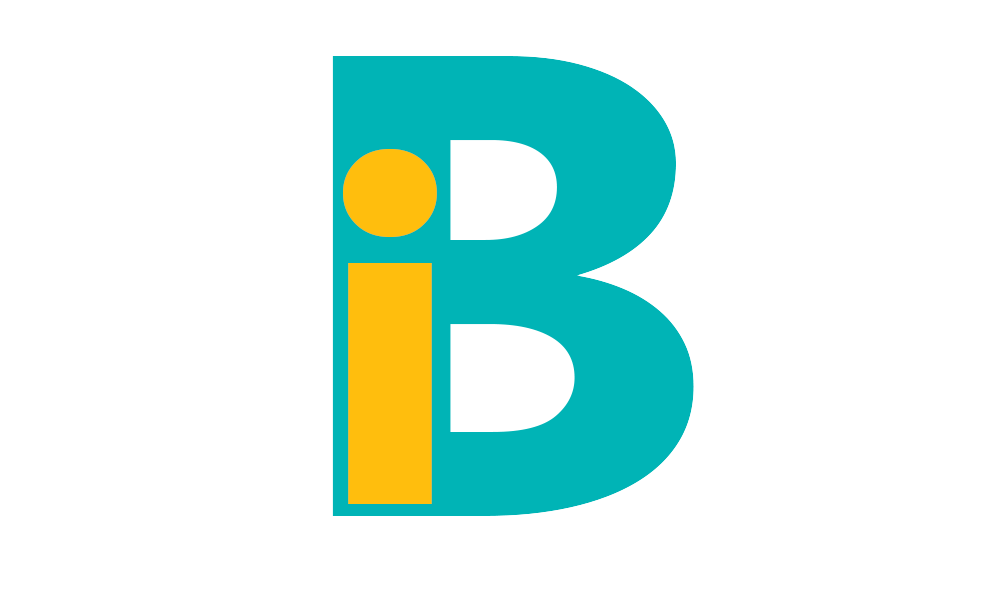
.png?width=300&name=BLOGS%20COMPANY%20LOGO%20(27).png)



-1.png?width=600&name=Event%20Email%20Graphic%20Virtual%20Conferences%20(17)-1.png)
.png?width=742&name=Screenshot%20(4).png)


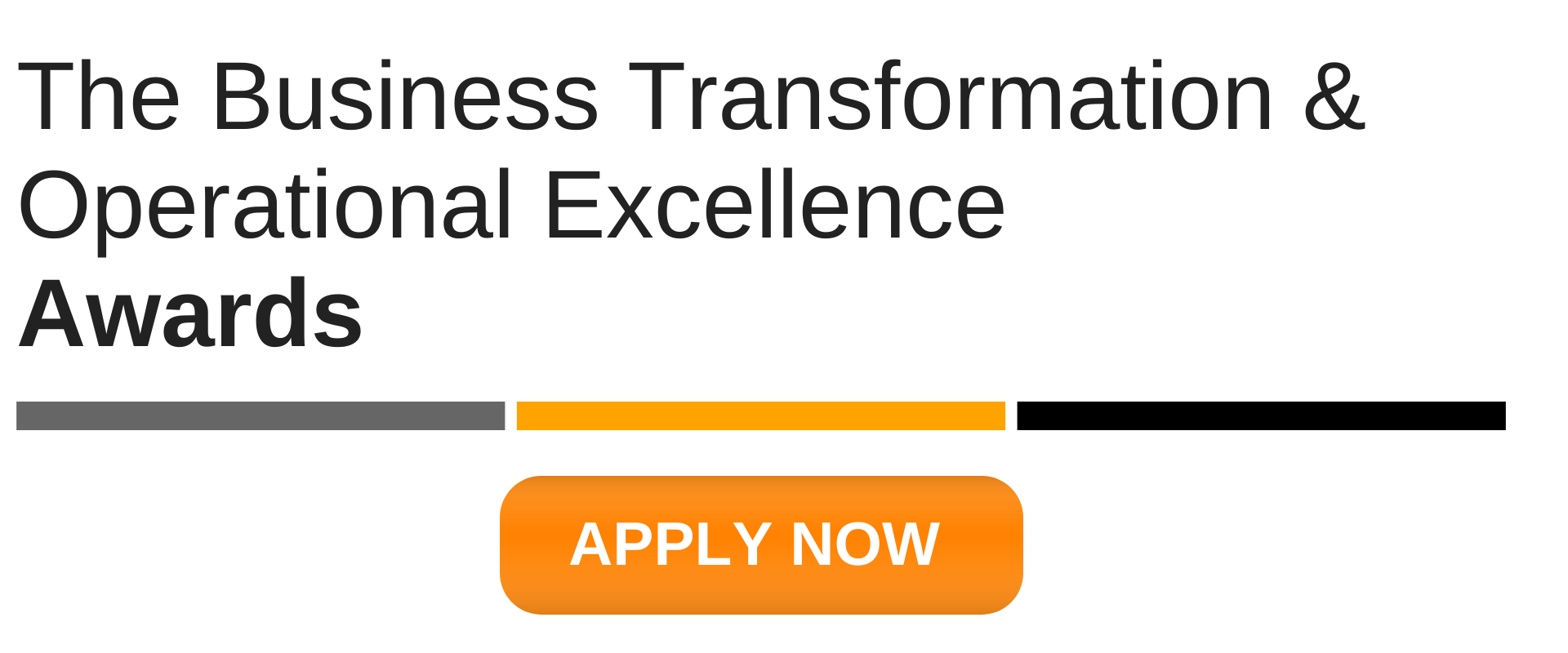

-2.png)
-2.png)
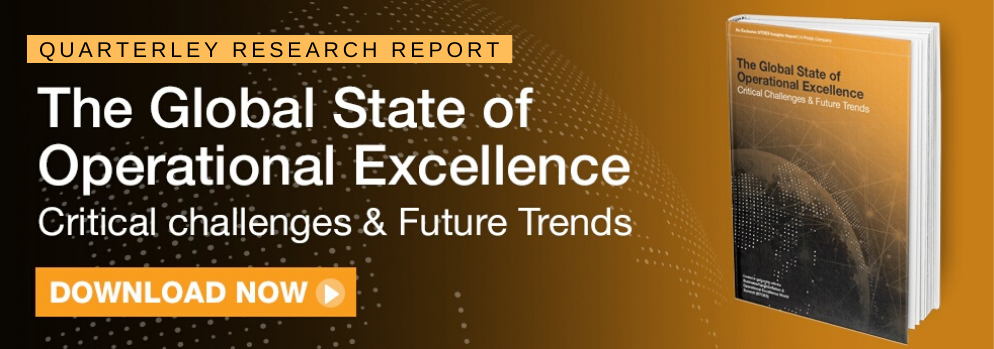

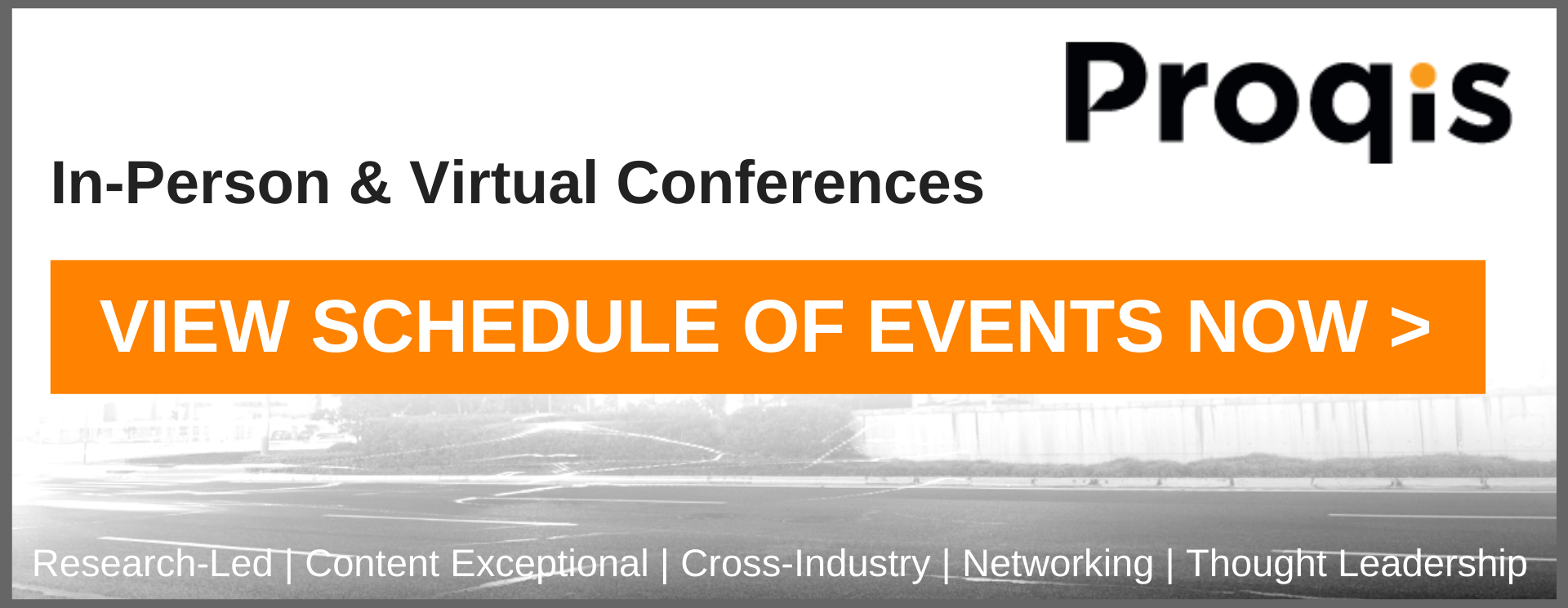


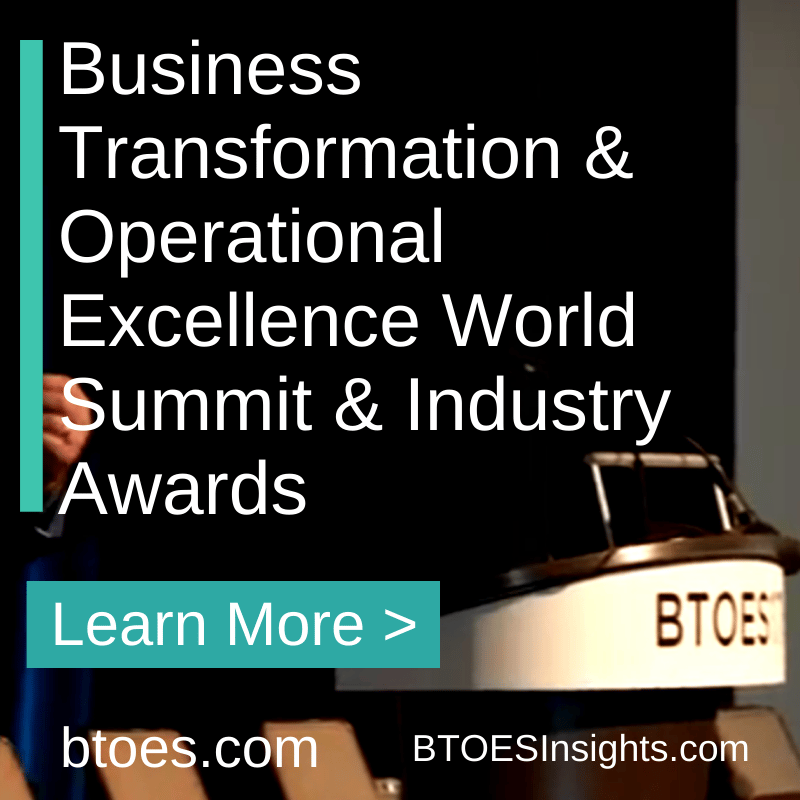
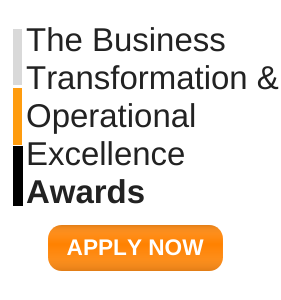
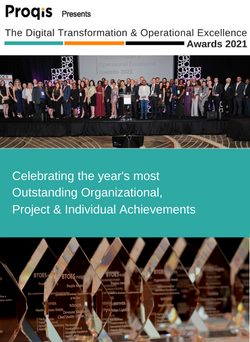
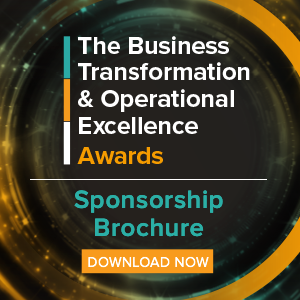
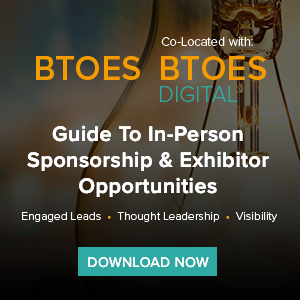
%20(1)%20(1).png?width=1410&name=Add%20a%20heading%20(8)%20(1)%20(1).png)



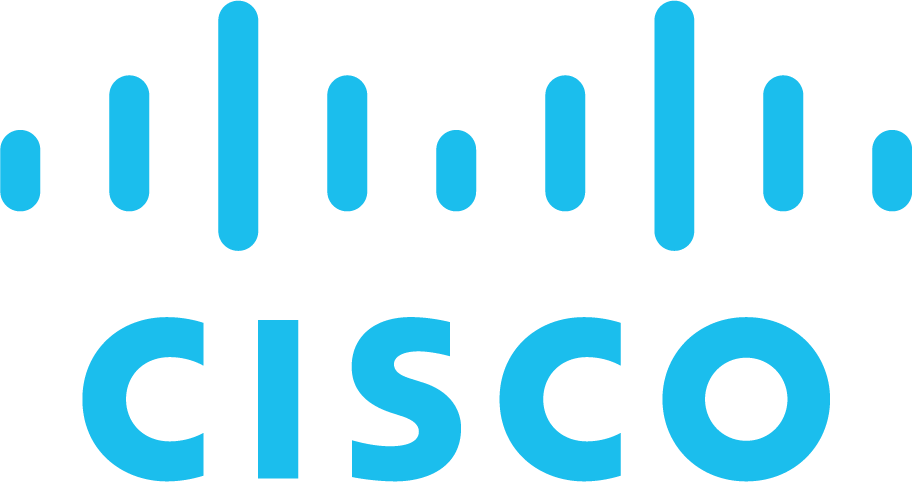
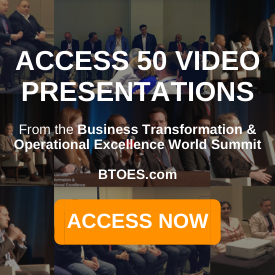
.png)
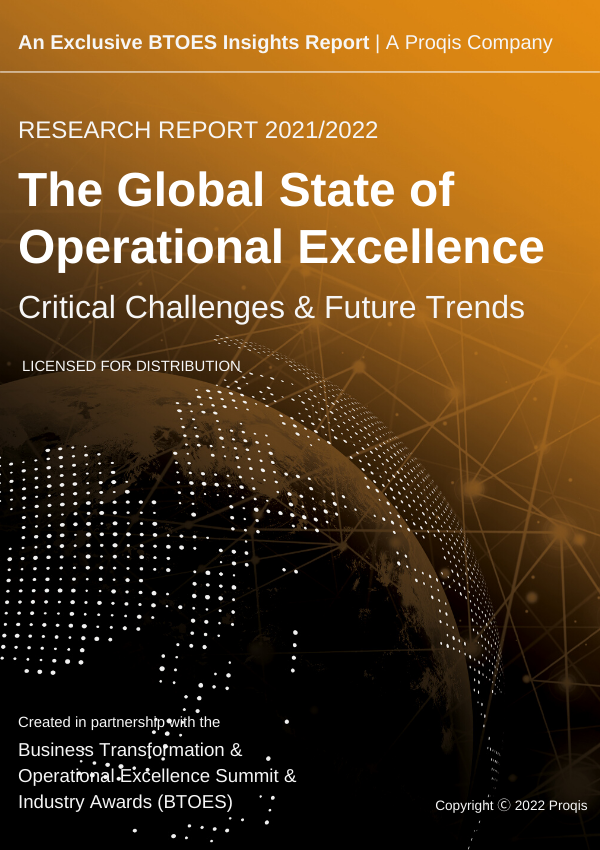
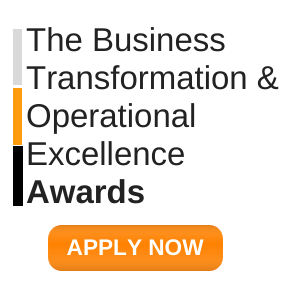
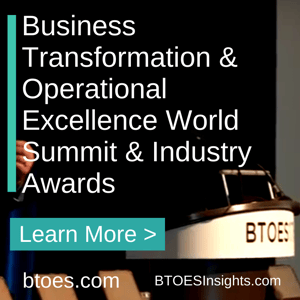

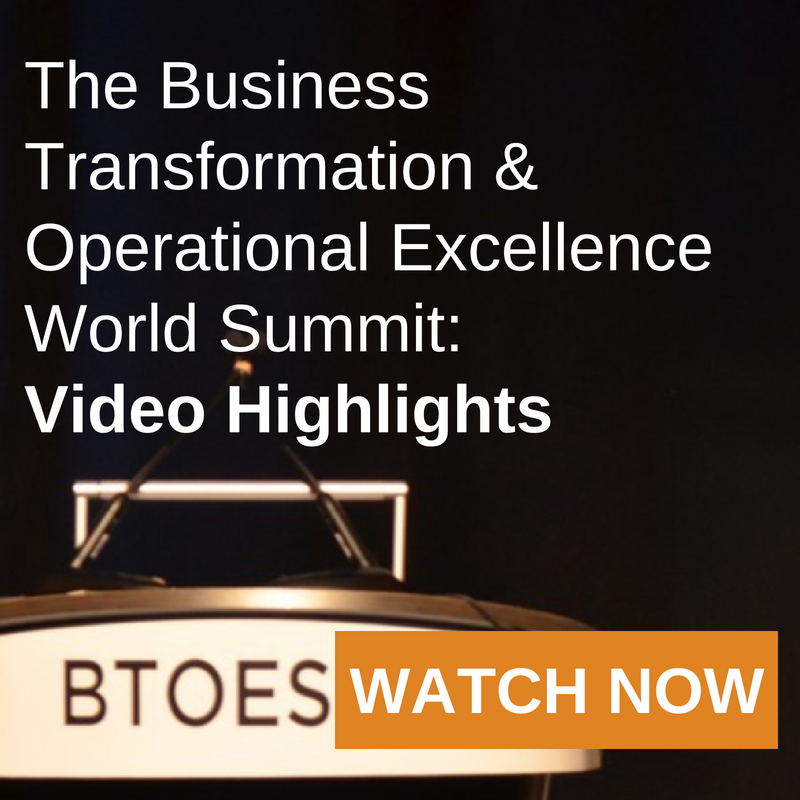

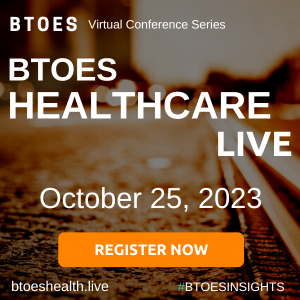
-1.png?width=300&name=ATTENDEE%20-%20Proqis%20Digital%20Event%20Graphics%20(2)-1.png)
-1.png?width=300&name=ATTENDEE%20-%20Proqis%20Digital%20Event%20Graphics%20(1)-1.png)
